hearingaid
Latest
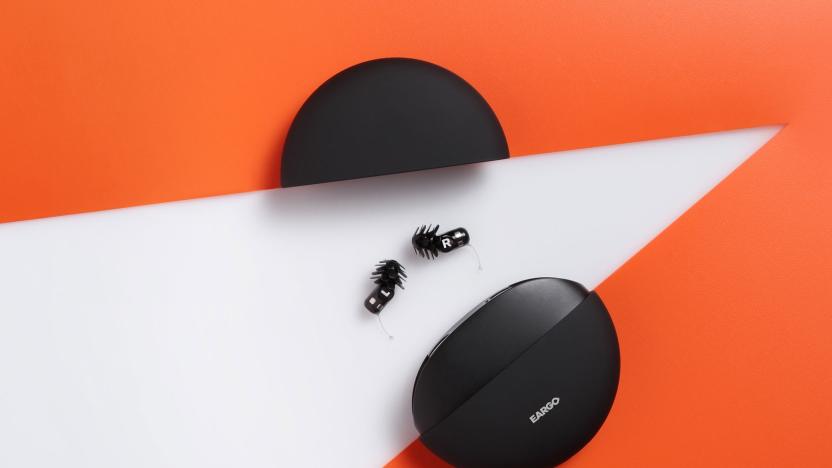
Eargo's next hearing aid promises improved sound in the same tiny size
Eargo has made a name for itself by doing things differently when it comes to hearing aids. Instead of the usual range of over-the-ear devices, all the company's products are "invisible" (completely in the canal, or CIC). That in itself isn't unusual, but the branding, packaging and user experience are all much more akin to consumer smart products than medical-grade devices. Last year's Neo buds were good, but this year's Neo HiFi promises to be even better (even if it doesn't stream music, as the name might suggest).
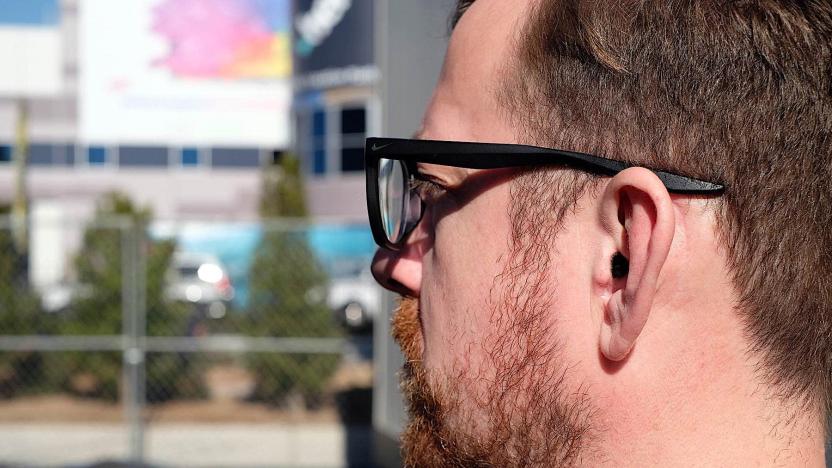
Eargo Neo is a hearing aid you might actually want to wear
Six years ago I faced a choice: Risk facial paralysis, or potentially lose some hearing in my left ear. I opted for the latter, and two surgeries later, my ability to hear high and mid frequencies on one side is notably diminished. I've tried several hearing aids since then, and while some have worked well, for a combination of reasons (my hearing's tolerable without, the batteries run out too fast, comfort and the stigma / general appearance) I rarely stick with them. Enter the Eargo Neo, a hearing aid that, judging by my list of reasons not to wear something, was pretty much made for people like me.
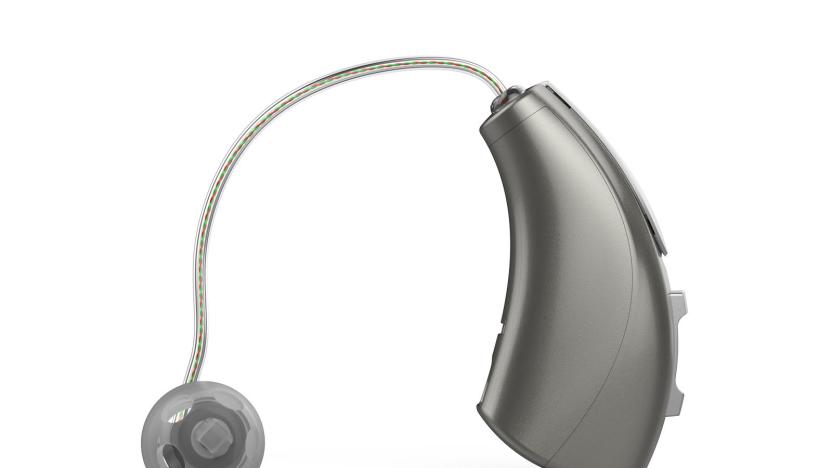
Livio AI hearing aids are now as smart as most wearables
Among the mountains of sexy technology on the market, it's fair to say that hearing aids don't feature too highly when it comes to innovation and aspirational living. But as Starkey Hearing Technologies demonstrated with its Livio AI device last year, there's a lot to be done in this field -- and now its smart hearing aid has gotten even smarter.
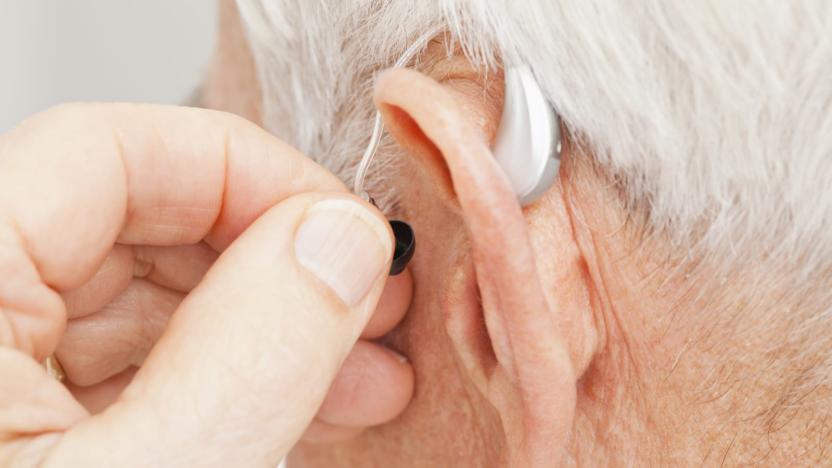
FDA approves direct-to-consumer hearing aid from Bose
The US Food and Drug Administration has, for the first time, approved a hearing aid that can be fit, programmed and controlled by the user instead of a healthcare provider. The device comes from Bose and users can make adjustments to its settings in real time through a mobile app. "Hearing loss is a significant public health issue, especially as individuals age," said Malvina Eydelman, director of the Division of Ophthalmic, and Ear, Nose and Throat Devices at the FDA's Center for Devices and Radiological Health. "Today's marketing authorization provides certain patients with access to a new hearing aid that provides them with direct control over the fit and functionality of the device. The FDA is committed to ensuring that individuals with hearing loss have options for taking an active role in their health care."

Livio AI hearing aid doubles as a fitness tracker
Hearing aid giant Starkey has dabbled in smart listening devices before, but not like this. The company has unveiled Livio AI, an earpiece that's as much a connected wearable as it is an audio booster. Its AI and sensors will improve your hearing, to be clear -- it can automatically compensate for loud environments and switch modes based on location, with a mobile app providing fine-tuning. However, it's also loaded with features that would normally require a fitness tracker or smartphone.
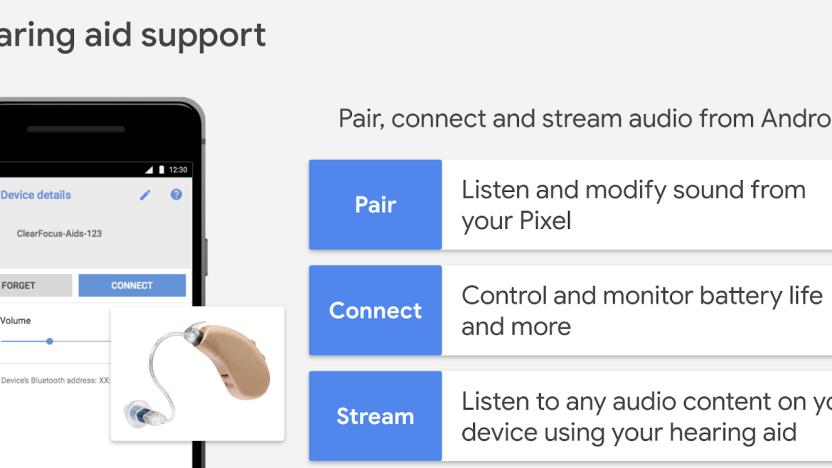
Google brings native hearing aid support to Android
Accessibility is a critical consideration for manufacturers when they're building devices. Around 466 million people have disabling hearing loss, according to the World Health Organization, and that number is projected to grow to 900 million by 2050. Finding ways to help people who contend with hearing loss to get the most out of their devices is an important challenge for tech companies now and in the decades ahead.
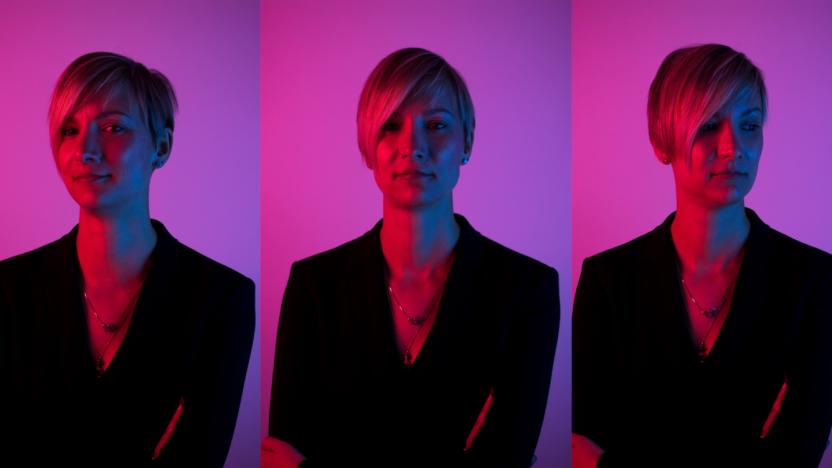
You can't talk about accessibility without talking about diversity
Over the past few years, we've been seeing more and more products at CES meant to assist the elderly and disabled. In fact, last year was the first year we added an accessibility category to the official Best of CES awards -- and the finalists in that category were indeed some of our favorite things we saw at the show. This year was no exception, with four finalists in the accessibility category, and a whole bunch of other products we didn't have room for on our shortlist. When and how did accessibility tech come to be so prominent at the world's biggest consumer-tech show? And where is the technology headed from here? To help make sense of the bigger picture, I sat down with KR Liu, who was diagnosed with severe hearing loss at age three and went on to head up sales and marketing with audio pioneer Doppler Labs. Most recently, she teamed up with Senators Elizabeth Warren and Chuck Grassley on the Over-the-Counter Hearing Aid Act of 2017, which passed with almost unanimous bipartisan support. In our all-too-brief talk, we delved into the technological advancements, of course, but also the social ones -- the issue of accessibility tech ultimately isn't just a question of what's technically possible, but about diversity: Who is allowed in the drawing room? And for whom are we creating tech in the first place? Click here to catch up on the latest news from CES 2018.

Bragi's Project Ears is fusing wireless audio with hearing aids
Bragi's appearance at this year's CES isn't about an updated pair of earbuds. Not yet, at least. It's taking its audio tech in a new, health-based direction, working with Mimi Hearing Technologies to create a product that offers personalized hearing enhancement.

Apple and Cochlear team up on made-for-iPhone hearing implant
We've known that Apple has an interest in iOS-based hearing aids for some time, as they've worked with various manufacturers to bring these devices to the market. Now, Cochlear has teamed up with Apple to make the first cochlear implant sound processor that is specifically made for the iPhone. The Nucleus 7 Sound Processor, which promises to be both the smallest and lightest behind-the-ear device of its kind that's currently available, was approved by the FDA back in June.

FCC program that gives tech to deaf, blind Americans is permanent
The FCC's iCanConnect program, which provides communication equipment to low-income deaf and blind Americans, is now permanent after four years in pilot form. Known formally as the National Deaf-Blind Equipment Distribution Program, it offers $10 million a year to local providers of communication technology aimed at helping deaf and blind folks connect with family and friends, and live more independently.

There's a connected hearing aid, and it actually sounds useful
With every new gadget seemingly connected to the internet to automate your life, the question arises if a lot of those items are really useful. Now there's a hearing aid that connects to the Internet of Things, and before you dismiss it, this device seems like it will definitely lend a hand. London-based Oticon announced the Opn: a connected hearing aid that ensures the user knows when someone rings the doorbell, the smoke detector goes off or a baby monitor is chiming. Thanks to TwinLink technology, the Opn doesn't sacrifice size or battery life for connectivity.

One day, you'll fine-tune hearing aids yourself
Hearing aids are supposed to help you resume a normal life, but they sometimes make things worse -- and when most clinics aren't prepared to calibrate the devices, it's tempting to ditch them altogether. Norwegian scientists might give you an incentive to keep those earpieces in place, though. They've developed a touchscreen-based tuning system that lets you customize hearing aids largely by yourself. The technology asks you to pick a typical sound scenario (such as a busy office) and introduce extra effects until it replicates the situations where you have problems. After that, an audiometrist only has to adjust the hearing aid based on your feedback.

Spiders are the key to ultra-sensitive wearable devices
Spiders might creep you out, but don't dismiss them too quickly -- they may well be the ticket to a new wave of wearable sensors. South Korean researchers have built a device that picks up miniscule vibrations by using the principle behind a spider's lyriform organs, which shake (and send nervous signals) in response to the rubbing motions of a nearby mate. The artificial system recreates the lyriform's slits using layers of platinum and soft polymer with electricity passing through. Even very small changes in the size of those slits will alter the electrical resistance, which makes it easy to measure faint vibrations.

Hacked hearing aids produce stellar ambient tunes from WiFi signals
What if we could hear the numerous invisible data frequencies that swirl around us every day? That's exactly what a project from hearing-impaired writer Frank Swain and artist Daniel Jones aims to do. Phantom Terrains is the proper name of the effort, and by hacking Swain's Bluetooth-enabled hearing aids, the duo has transformed WiFi signals into ambient sounds. So instead of seeing the device as a prosthetic, it's used as a sort of super power. The modification allows him to stroll around and listen to the range of tones electromagnetic signals provide -- like the pattern of a network's security parameters. And of course, no one else nearby can pick them up.

High-tech hearing aids make autotune sound even worse
You'd think the more modern, high-tech hearing aids would be better at everything than their older counterparts, but that's apparently not the case. According to a new study by the University of Colorado Boulder, newer models are apparently no match for less sophisticated ones when it comes to music. Since hearing aids aren't usually designed with music in mind, the latest ones that promise a gamut of features typically use a process called "wide dynamic range compression." This amplifies soft sounds and leaves loud ones untouched, which makes understanding people's words a lot easier, but ends up distorting music -- especially overly processed tracks, like those that use (and abuse) autotune. Sure, a lot of people believe that being able to hear people better takes higher priority. But at least hearing aid-wearing music lovers now know that they don't need to buy the "latest and greatest" to enjoy their fave songs more. [Image credit: KLH49/Getty]

Your smartphone may soon double as a hearing aid, thanks to Mimi
Let's face it: we live in a noisy world. If we're not sitting on loud trains or traipsing past construction sites, we're retreating into music with headphones. Alas, this also means hearing loss is a problem that can't be ignored -- that's why a startup called Mimi cooked up an iOS app to help you really figure out how far gone your hearing is.

Siemens' waterproof Aquaris hearing aid means rain doesn't need to stop play, we go ears on
Being deaf or hearing impaired may present technological challenges, especially if you are fond of the great outdoors and all the weather-related perils that come with it. Siemens knows this and developed the Aquaris hearing aid, the only one to receive an IP68 rating for continuous submersion underwater (to three feet). It's also dust- and shock-proof, if you're further up the extreme activity lifestyle ladder. It's not just about keeping the elements out, it's also got Bluetooth, meaning wearers can listen to music on smartphones and other devices while underwater. The device itself is what you might imagine a hearing aid to look like, if it was given the sports treatment, which makes it attractive to younger folk, and those of an active disposition. Most importantly, it works impressively well, which was amply shown by the demonstration we were given with the device permanently submerged in water at the booth, streaming its audio to another device. The waterproof functionality doesn't come at the expense of the sound, either, with the Aquaris sporting high-definition sound with 48 channels with high frequency resolution and a 12 kHz frequency range. Given the nature of the device, you'll need to speak with your physician or ENT / otolaryngologist if this sounds like something for you. Available now. Follow all the latest CES 2013 news at our event hub. Sean Cooper contributed to this report.

Apple seeks patent for hearing aids that deliver speech at an even keel
Although they're called hearing aids, they can sometimes be as much of a hindrance as a help. Catch an unfamiliar accent and the attention might be on just parsing the words, let alone moving the conversation forward. Apple is applying for a patent on a technique that would take the guesswork out of listening by smoothing out all the quirks. The proposed idea would convert speech to text and back, using the switch to remove any unusual pronunciation or too-quick talking before it reaches the listener's ear. Not surprisingly for a company that makes phones and tablets, the hearing aid wouldn't always have to do the heavy lifting, either: iOS devices could handle some of the on-the-fly conversion, and pre-recorded speech could receive advance treatment to speed up the process. We don't know if Apple plans to use its learning in any kind of shipping product, although it's undoubtedly been interested in the category before -- and its ambitions of having iPhone-optimized hearing aids could well get a lift from technology that promises real understanding, not just a boost in volume.

Pair of Apple patent applications set the stage for hearing aid-based social network
If ever there were a purgatory for ideas, it'd be the USPTO's patent application database. That land of legal limbo plays host to a multitude of tech entries both bizarre and straightforward, much of which will never see the light of day. So, it's with a keen eye for the curious that we've stumbled upon this pair of filings submitted by Apple back in January of 2011 outlining a new social network specifically for hearing aids. Yes, you read that right, but its function isn't actually as obvious as you'd imagine. According to the claims, hearing aids worn by at least two users will work in tandem with a personal computing device to identify user identities, establish a communication link and then swap profiles -- not a list of likes and dislikes, but dynamic audio settings. It appears users will be able to update the sound processing on their respective devices to adjust for ambient noise and hone in on a specific sources. So, basically, it's the Cupertino version of Superhuman hearing. It certainly lends a whole new meaning to, "Can you hear me now?" Eh?

Accelerometer mic could change the way we look at cochlear implants
Hearing aids aren't the most discreet cybernetic creations, because the need for a clog-free microphone means that they generally need an external component. Engineers at the University of Utah and Case Western Reserve University in Cleveland aim to change everything with a much smaller mic that uses an accelerometer to detect sound vibrations -- so it requires no opening and can be inserted right into the ear. The only exterior hardware is the charger -- worn exclusively at night. Clinical trials in living humans begin approximately three years from now, and if you're looking forward to using this new device, removal of the incus (or anvil bone) in the middle-ear must first take place to optimize effectiveness of the new implant. We never said it'd be pretty.













